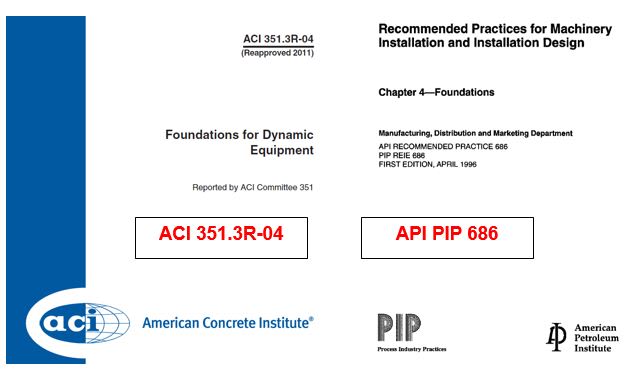cbailey82
Structural
- Mar 10, 2014
- 9
Is the rule of thumb for rotating machine foundations 3 times the weight of the machine mean 3 times the total weight of the machine (moving parts plus stationary parts) or just 3 times the weight of the moving parts of the machine?

